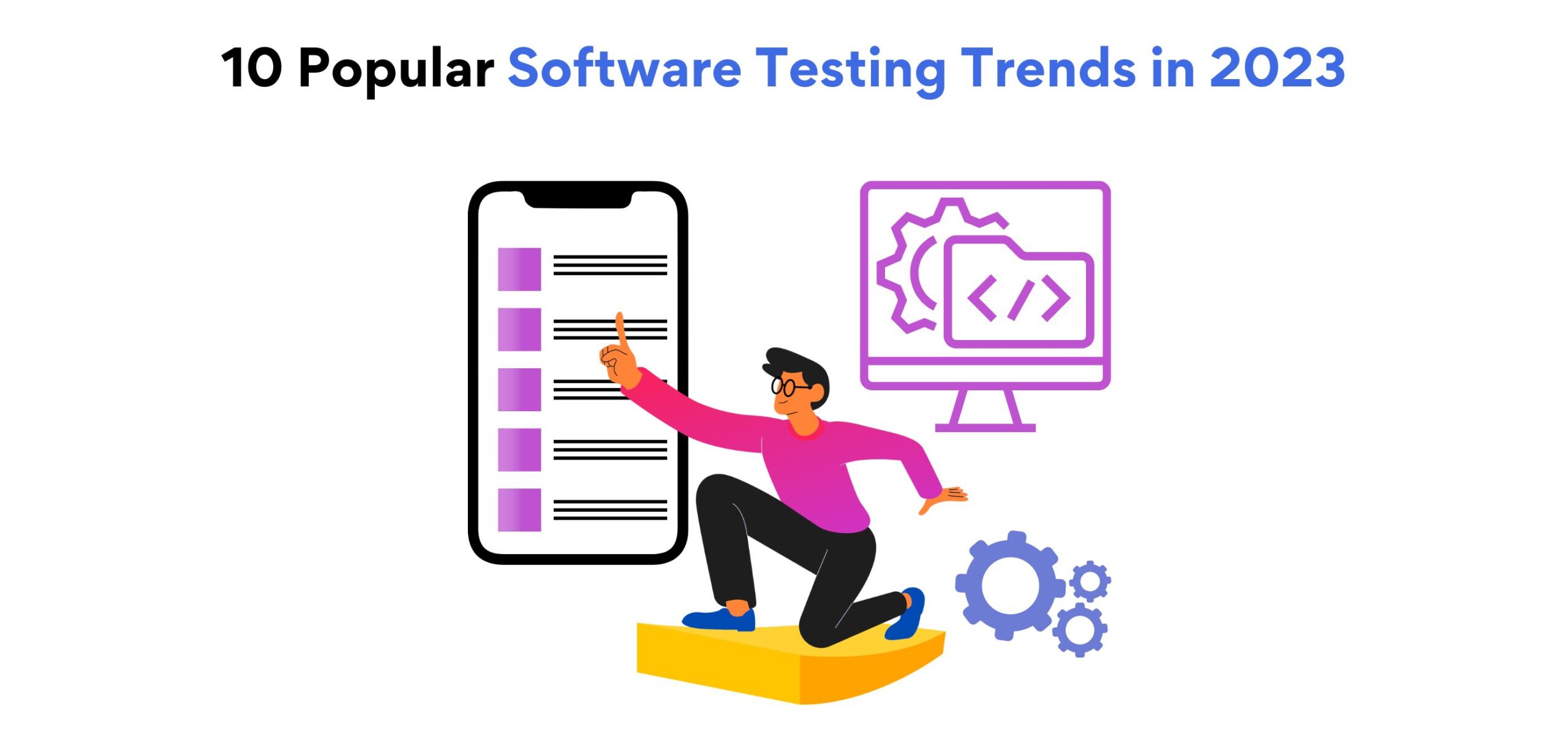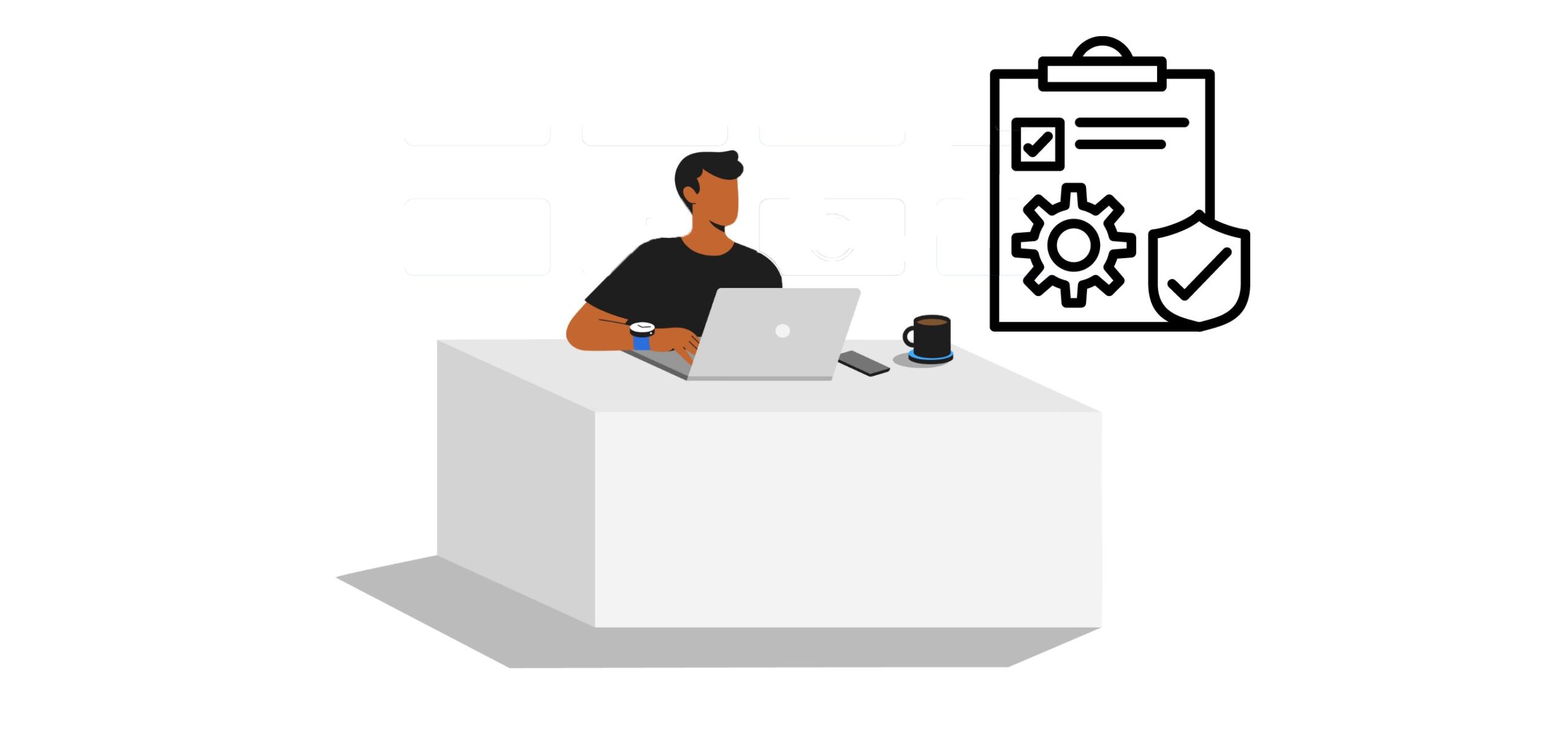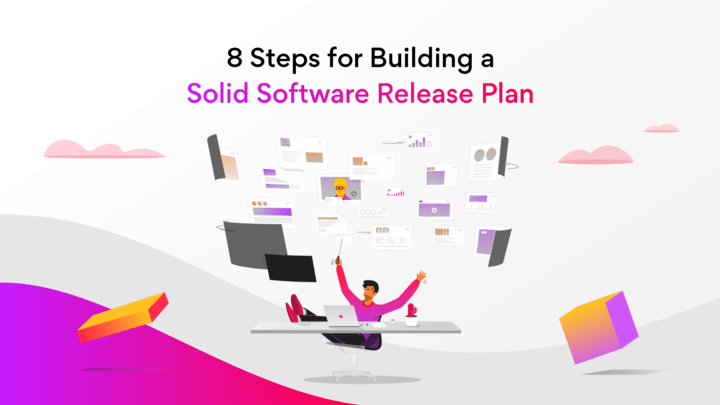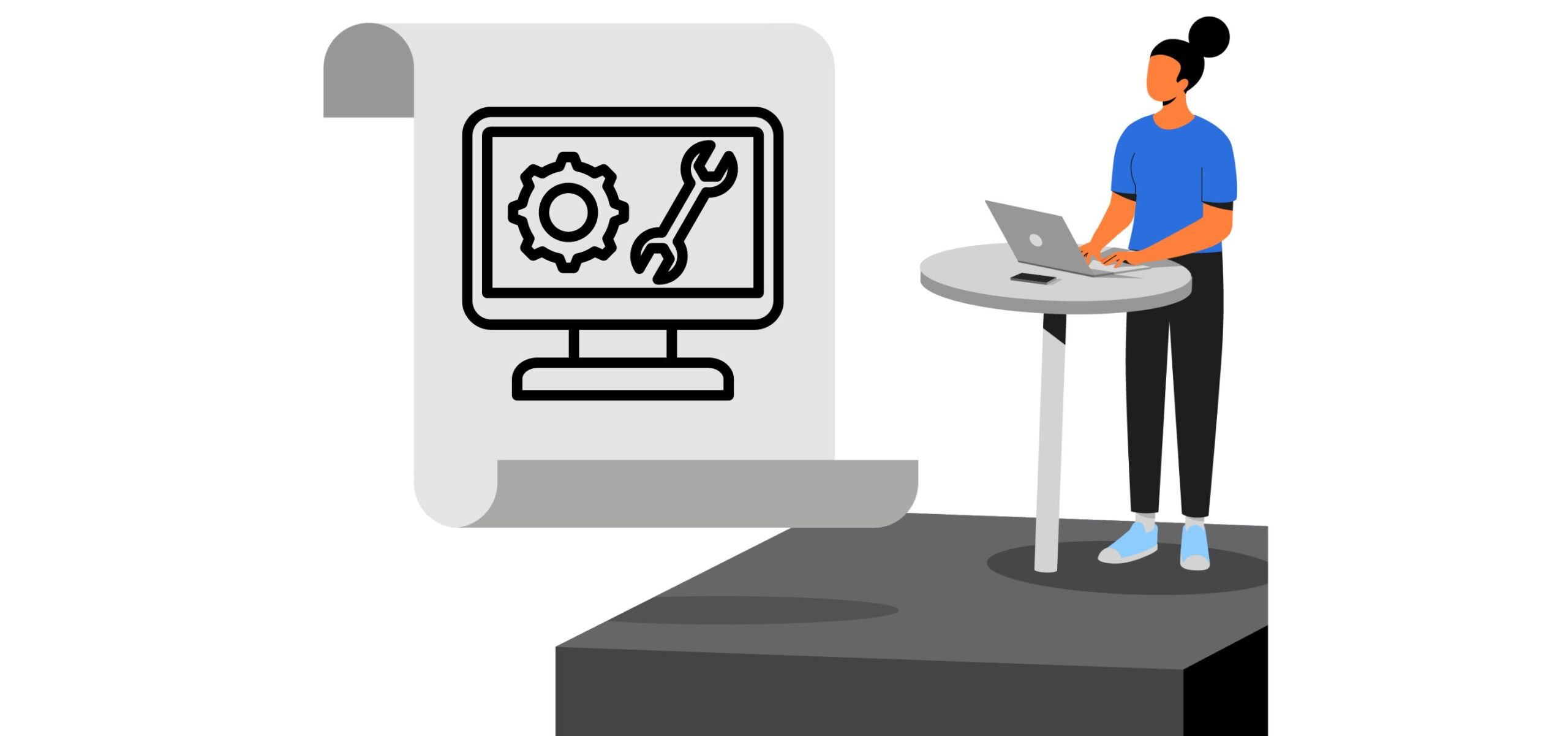10 Popular Software Testing Trends in 2023
Which software testing tools are in demand in 2023? What are the popular software testing trends of 2023? What is IoT testing? What is Big data testing? What is API test automation?
This blog post will help you answer all these questions. Let’s get started
Organizations across the world want to release high-quality software products in the market. However, companies must carry out different types of testing and know the latest software testing trends to ensure that the software meets high-quality standards.
Here are a few popular software testing trends for 2023.
-
QAOps
One of the growing trends in software testing is QAOps, a combination of quality assurance and IT operations. QAOps utilizes a DevOps-based approach to achieve high-quality software.
In QAOps, the testing team works in collaboration with the operation and developer teams. The testing teams are actively involved in the continuous integration and continuous development process. -
Scriptless automation testing
Scriptless automation testing uses tools to automate tests instead of writing scripts. Scriptless testing tools record the tester’s actions while navigating the software to generate different tests required for different features.
Developers can use different testing tools equipped with unique features for UI testing, end to end testing, among others. Based on test frameworks, the tools offer a lot of flexibility and generate reusable test cases. -
Big data testing
Data is fundamental to any organization’s success or failure. Big data refers to a large dataset that cannot be processed using traditional techniques. To test such datasets, organizations use various large-scale tools, techniques and frameworks developed for big data.
Big data testing includes data quality testing, performance testing, and functional testing of structured and unstructured data.

Organizations use big data testing for the analysis of large datasets.
Related Post: 5 Software Development Trends in 2023 -
IoT testing
Among the latest trends in the software industry, IoT testing is growing in popularity. The main goal of IoT testing is to ensure the safe transmission of data over the internet.
Some common types of testing in the IoT testing plan include usability testing, compatibility testing, data integrity testing, and reliability and scalability testing. IoT testing checks the performance, functionality, and security of IoT devices. -
AI and ML testing
By using artificial intelligence and machine learning, you can automatically identify bugs and generate tests. AI and ML use predictive models to identify the different features for testing and prepare specific test plans.
By automating tests with AI and ML, you can analyze a large amount of data, utilize reusable test cases and generate detailed test reports.
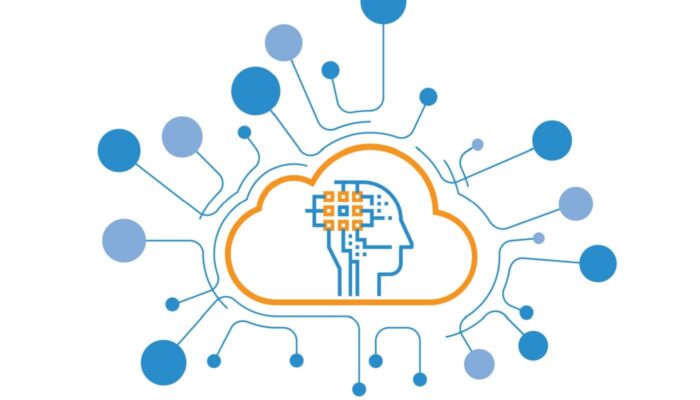
Organizations use AI and ML testing to develop advanced software applications.
-
Shift-left testing
Shift-left testing is among the unusual trends in software testing. Traditionally software testing is on the right side of the workflow, whereas shift-left testing is done on the left side. Shift-left testing pushes developers to test in the early stage of the software development life cycle.
By testing early, an organization can build high-quality code, eliminate code-patching, facilitate proactive collaboration, and save time and money. -
Blockchain testing
Blockchain testing is among the increasingly popular software testing trends due to the rise of blockchain technology. The goal of blockchain testing is to check the security and reliability of the shared ledger system that connects different blocks.
Blocks can contain different software applications with a specific node in a group. Apart from security, blockchain testing also covers the load capacity and scalability of blockchain databases and ledgers. -
Cybersecurity testing
Cybersecurity testing allows organizations to protect software applications from hackers and viruses. By using this testing approach, companies can identify the susceptible areas and prevent security breaches.
Cybersecurity testing protects your application from viruses and keeps the private data of stakeholders, users, and other involved partners safe.

Organizations use cybersecurity testing to protect software applications from hackers.
-
Agile testing
Agile testing uses a continuous response system to give feedback on an ongoing basis. Agile testing conducts tests during every iteration of the software development cycle.
Agile testing utilizes testing methodologies that include test-driven development, behavior-driven development, exploratory testing, session-based testing, and acceptance test-case development, among others.
Related Post: Unit Testing vs Integration Testing: 4 Key Differences Explained -
Regression testing
Regression testing is one of those trends in software testing that can never grow old. The goal of regression testing is to check how updates or the addition of new features affect the software’s performance.
Regression testing allows you to check how your software responds to changes and what you should do to make your software sustainable and resilient.
Summary
Organizations must learn about the different software testing trends to ensure that software is error-free and ready for users. Also, companies must consider the type of software and test environments to conduct the tests safely.
Are you looking to hire software engineers for your testing requirements?
Try Turing.
With Turing, you can hire pre-vetted, Silicon Valley-caliber engineers at unbeatable prices. Visit Turing’s Hire Developers page today.
FAQs
- Which software testing tools are in demand in 2023?
Software testing tools in demand in 2023 include Selenium, Testpad, Ranorex, Watir, and TestRail, among others. - What is API test automation?
API test automation is the process of testing APIs for compatibility, correctness, and efficiency to improve the performance of APIs.
Tell us the skills you need and we'll find the best developer for you in days, not weeks.
